If an Agile Enterprise is an intersection of five big ideas that can, and will, change the way we experience work (see January 7, 2013 blog on this topic), how do we begin the process?
Many accomplished thinkers are addressing this question. For an ongoing review see The Drucker Society European Blog or Steve Denning. To join the conversation, the Stoos Network is having a global online event this week. If you are still on the sidelines and want to see how things unfold, consider this.
What is required, is a change in mindset for most leaders, managers, and employees. This is not insignificant and it is key to understand your current mindset if you want to participate in the evolution of business. So let’s start there.
Taylorism, and the form of management it generated, is based on a linear, mechanistic mindset. That means, a world that can be accurately analyzed and predicted, a strong predilection for the left brain cognitive operators (if-then duality, causality, and reductionism), and an objective reality that is (technically) completely knowable. Today this world exists primarily in the finance department and on the manufacturing floor (although Toyota Production Systems challenges even this idea).
While we may believe that we can operate in a world of complexity, non-linearity, and emergence from our linear mindset this is not only false, it is downright dangerous. To really understand the world today requires us to step across the divide and into a non-Newtonian world. From a complex mindset we are still able to use the tools of linearity (finance, SOPs, and planning) when they are applicable AND we can “Surf the Edge of Chaos” at the same time. This shift in mindset is not insignificant.
“…around 1475, the legacy of Prince Henry [of Portugal] inspired an expedition to cross the equator, and instead of falling off the end of the Earth, everyone came back to tell their tale. The breaking of this emotional barrier was similar in what it unleashed to breaking the sound barrier, the four-minute-mile, [etc]…” Edwin Friedman, A Failure of Nerve
“Once something is, we can’t work backward to change it. [Myron Rogers and I] were out walking and I remember we both stopped dead in our tracks, taking in the implications of this for our work …We can’t see what is coming until it arrives, and once something has emerged, we have to work with what is.” Margaret Wheatley, So Far From Home
“The shift is as fundamental and as necessary as the shift from a geocentric to a heliocentric view of the universe. You can’t “mend” the geocentric viewpoint that the sun revolves around the earth: you have to rethink fundamentally how the universe works.” Steve Denning, Forbes Blog, 11/27/2012
Why is this so hard? What is the problem?
To understand the dynamics of the situation we face when we consider the complexity of organizations, take a close look at the organizational map the Stoos21 participants came up with.
 I defy anyone to explain this from a linear mindset! If the group got even 80% of the Root Causes, Intermediate Causes, External Causes, Symptoms and Consequences, and interdependencies on the map it is easy to see the complex mess we are faced with. So is the problem what is captured by the map or is it the mindset we are using to try to understand and change what we are seeing?
I defy anyone to explain this from a linear mindset! If the group got even 80% of the Root Causes, Intermediate Causes, External Causes, Symptoms and Consequences, and interdependencies on the map it is easy to see the complex mess we are faced with. So is the problem what is captured by the map or is it the mindset we are using to try to understand and change what we are seeing?
Can we view this map as “what has emerged,” understanding that “we have to work with what is?” Can we begin to “rethink fundamentally how the [organization] works?” Can we explore the edges and not fall off the Earth?
The intersection we are envisioning for organizations and business (Systems Thinking, Design Thinking, Lean Processes, Agile Framework, Leader/Manager as Coach) is not an innovation – i.e. a new answer or solution to an old question or problem – but rather a paradigm shift (see below). It reframes the world, changes the information that is relevant and important, and requires a new mindset from which we can act to create change. A paradigm shift begins the process of emergence anew, from different initial conditions, with curiosity and boldness.
With these thoughts in mind, and to further reflect on your mindset, let me leave you with the words of Gary Hamel (What Matters Now) and his 25 Moonshots for Management.
“I’m a management professor [read manager or leader], and I spend most of my time talking to business folks about nit-picky sorts of problems: How do you improve your planning process? How do you get more teamwork? How do you get products to market faster? …But what if we aimed higher? What if we dreamed bigger?
…management is the technology of human accomplishment. Solving the world’s toughest problems or, more modestly, creating organizations that are deeply human will require more than scientific breakthroughs; it will require new ways of planning, organizing, collaborating, allocating, motivating, and yes, controlling.
Mending the Soul
- Moonshot # 1: Ensuring That Management Serves a Higher Purpose
- Moonshot # 2: Embedding the Ethos of Community and Citizenship
- Moonshot # 3: Humanizing the Language and Practice of Business
Unleashing Capabilities
- Moonshot # 4: Increasing Trust, Reducing Fear
- Moonshot # 5: Reinventing the Means of Control
- Moonshot # 6: Inspiring Leaps of Imagination
- Moonshot # 7: Expanding and Exploiting Diversity
- Moonshot # 8: Enabling Communities of Passion
- Moonshot # 9: Taking the Work out of Work
Fostering Renewal
- Moonshot # 10: Sharing the Work of Setting Direction
- Moonshot # 11: Harnessing the Power of Evolution
- Moonshot # 12: Destructuring and Disaggregating Organizations
- Moonshot # 13: Creating Internal Markets for Ideas, Talent, and Resources
- Moonshot # 14: Depoliticizing Decision Making
Distributing Power
- Moonshot # 15: Building Natural, Flexible Hierarchies
- Moonshot # 16: Expanding the Scope of Autonomy
- Moonshot # 17: Refocusing the Work of Leadership on Mobilizing and Mentoring
- Moonshot # 18: Creating a Democracy of Information
- Moonshot # 19: Encouraging the Dissenters
Seeking Harmony
- Moonshot # 20: Developing Holistic Performance Measures
- Moonshot # 21: Transcending Traditional Trade-offs
- Moonshot # 22: Stretching Management Time Frames and Perspectives
Reshaping Minds
- Moonshot # 23: Strengthening the Right Hemisphere
- Moonshot # 24: Retooling Management for an Open World
- Moonshot # 25: Reconstructing the Philosophical Foundations of Management
These 25 Moonshots help define the intersection we are creating and inform our journey.
For those of you with questions, comments, or needing help contact me directly or send me a note on LinkedIn (carolmase)
Dr. Carol Mase, carol.mase@cairnconsultants.com, 215-262-6666
 Sections of this topic
Sections of this topic

















